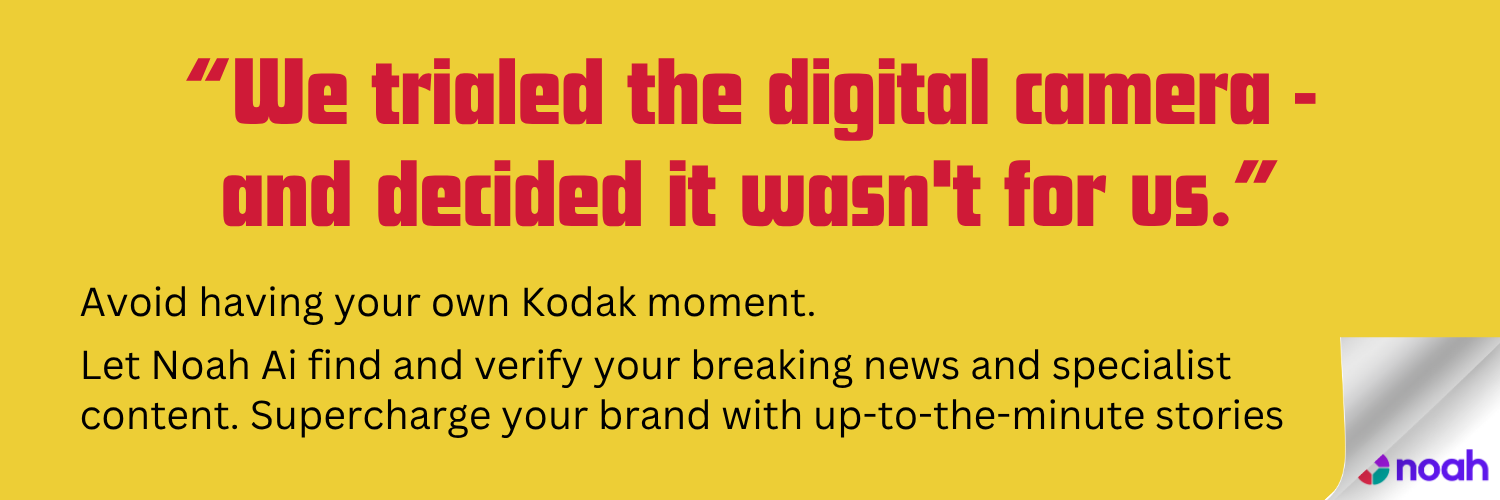As technology reshapes how audiences receive news, media platforms face both opportunities and challenges in ensuring the integrity and accessibility of information.
The landscape of news consumption has undergone significant changes with the advent of technology, reshaping not just how audiences receive news but also how media platforms disseminate it. Traditional modes of news delivery have been augmented, if not supplanted, by digital platforms that offer the immediacy and accessibility desired by modern consumers.
Social media sites such as Twitter, Facebook, Instagram, and TikTok have quickly become go-to sources for breaking news and trending stories. These platforms enable users to access a wide array of news articles, videos, and updates in real-time, fostering an environment where information spreads swiftly. However, the rapid dissemination of content via social media has sparked concerns about the spread of misinformation and the credibility of news sources. In response, news organizations and fact-checking bodies are intensifying efforts to ensure that news shared on these platforms maintains a high level of accuracy and trustworthiness.
Streaming services like Netflix and Hulu have also emerged as key players in news delivery. By offering news documentaries and programmes that users can watch at their convenience, these platforms blend informative content with entertainment. However, the integration of news within an entertainment framework presents challenges in maintaining factual integrity and ensuring a multiplicity of viewpoints. The increasing shift towards streaming services for news consumption reflects a change in audience preferences, suggesting an appetite for more on-demand news experiences alongside traditional journalism formats.
The rise of podcasts has added another dimension to how audiences engage with news. Many news organizations now produce podcasts that delve into various topics, conduct interviews, and offer in-depth analysis on current events. This format allows for a more thorough exploration of stories, catering to listeners who prefer audio content. Despite challenges in balancing bias and neutrality, podcasts continue to grow in popularity due to their narrative style and convenience for users.
The integration of smartphones and mobile technology further highlights the shift in news consumption habits. With the proliferation of user-friendly news apps and mobile-friendly websites, audiences can stay informed anywhere at any time. Mobile devices facilitate varied formats of news consumption, from videos and podcasts to interactive articles, enhancing overall engagement with news content.
Algorithms now play a significant role in personalising news feeds for individual users. By analysing past online behaviours and interactions, news outlets can tailor content that aligns with personal interests. This approach optimises user engagement but also risks creating echo chambers, where individuals are predominantly exposed to news that echoes their existing beliefs, potentially limiting the breadth of perspectives they encounter.
In light of decreasing advertising revenues, many media organizations are adopting subscription models to ensure financial sustainability. By charging fees for uninterrupted access to content, these outlets aim to support the integrity of journalism in the digital age. However, this shift raises questions about the affordability and accessibility of news, potentially limiting access to quality journalism for lower-income audiences.
Emerging technologies such as Artificial Intelligence (AI) and Virtual Reality (VR) are beginning to revolutionise news delivery. AI can augment reporting by analysing data trends and personalising content according to user preferences, while VR offers immersive experiences that allow users to engage with events in a virtual setting. These advancements promise to transform both the creation and consumption of news, offering immersive, interactive methods to engage with current events.
The evolution in news consumption over the years underscores a significant technological shift. The proliferation of digital platforms and personalised content has changed how information is accessed, necessitating adjustments from both consumers and creators of news. While embracing these advancements, stakeholders must remain vigilant against the challenges posed by misinformation to sustain a well-informed and diverse media environment.
Source: Noah Wire Services








